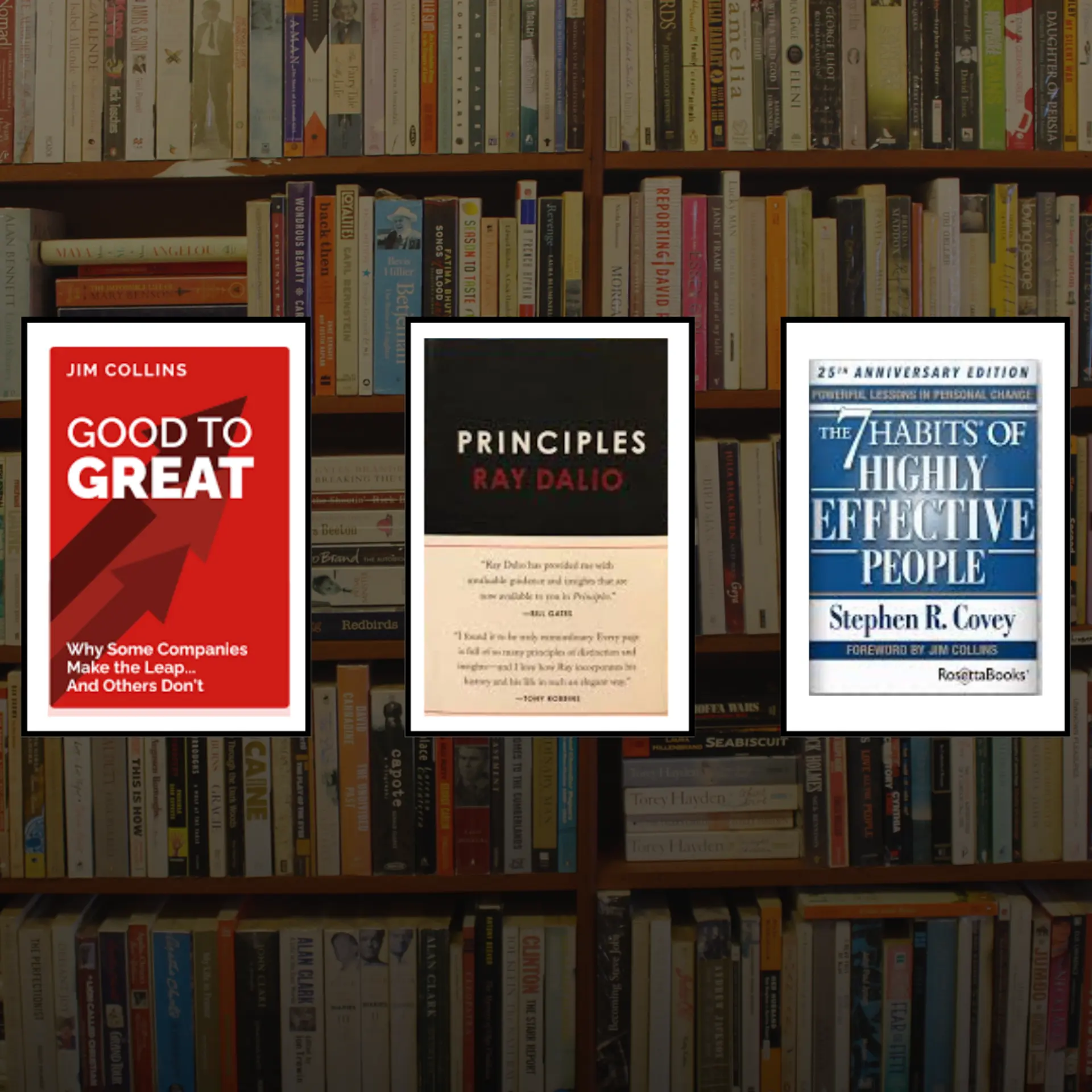Faces and facets involved in scaling a youth publishing company
In almost all startups, diverse backgrounds and knowledge bases come together in the form of vibrant teams to share information and build something great together. No matter what your industry or academic backgrounds are, every startup employee does their best to bring their unique skills to bear to help the startup achieve its avowed goals and objectives. We take a look at how three colleagues at a unique youth-centric publishing house have brought their own diverse backgrounds and talent together to build a strong and successful company.

Working backwards to plan ahead
Sarah Hess, Executive Assistant
When someone asks me to write a piece on what I do, I think, “Good point. What do I do?” Opening my Pandora’s box of tricks, I will do my best to explain the varied nature of my role.
To get the ball rolling, a bit about me – I’m a proud and forward-thinking female, have lived in different countries, and have had the privilege of absorbing diverse cultures. Talking of previous experience, I have worked in a variety of different industries ranging from hotels and horse studs to ski resorts, alongside being a children’s author. I am now able to put all my knowledge together – including my creative side – in my current role as Executive Assistant, which involves planning, organisation, and working backwards.
Yes, working backwards. Always gets a few raised eyebrows. I start with the outcome we are aiming towards and the deadline(s), from which point I go back to plan what needs to be checked upon and finalised, by when and by whom. This helps me and my team focus on the end-goal while being able to work around dates if a certain deadline is unobtainable.
I am based in the Scottish Highlands, a place that gives me my daily dose of creativity. Being allowed to use one’s creative side is a huge bonus. More companies should make space for creative thinking – one doesn’t have to be in PR or graphic design to come up with and discuss ideas. I love it when I do a quick sketch on a scrap of paper, hand it to our graphic designer, and see the image come alive. My skill-set here basically involves stick-man drawings with lots of arrows and captions explaining what I mean. The framework of my team allows my thoughts and ideas to come to life, and that is one of the most fun bits.
Another thing I get to do with my team – our company is a free-flowing publishing space – is work with alternatives. We all recognise there is more than one way of completing a project and I organise regular team meetings to discuss different angles and approaches. This is important to remember as we work towards giving a voice to today’s youth, and the youth today has many different voices and ideas that we must be receptive to.
We receive and work with stories that are written without boundaries and borders. I see it as a refreshing change to the usual stringent guidelines that one has to follow to fit into the professional sphere. We deal with topics ranging from anxiety, heartbreak, depression, and sexuality to life’s many joys and challenges. We work to ensure a space that allows authors the freedom to write and explore their ideas without fear of being prejudged, where the quieter voices don’t get overlooked like in many other aspects of life. Being an international company, our core aim is to inspire and kickstart creativity from all walks of life.
Another aspect to my job is the ongoing mentoring and training done on a daily basis, both with the authors and other team members. In the simplest terms, my job is quite interactive and geared towards ensuring communication and consistency within the team. Passing on my knowledge and hopefully helping a variety of people from all walks of life, is a gift that I can’t put a dollar amount on.
What is a mechanical engineer doing at a youth publisher?
Niklas Jarvstrat, R&D Director
It may seem an odd career twist for an expert in high-temperature metal fatigue to leave a job at Rolls-Royce critical parts lifing and start a company with new ideas in youth-to-youth publishing. Indeed, it surprises not only me but also my family, colleagues and friends. Trying to explain that it is good to change your career once in a while didn’t quite seem to do the trick, neither did trying to explain how useful it is in youth writing to have experience of painstakingly ensuring that a track record is kept of every little change done to a design – of all the little assumptions made in choosing theories and data to predict with extreme accuracy and safety margins when the component feature you are looking at would cause the disk to burst, going through the cabin and killing a cow two miles away. (Don’t worry, the part is replaced long before that – that’s the reason there is always a team working on improving the methods.)
Okay, there are no cows at risk in publishing, but seeing their writing go to print has been a life-changing event for many young writers. I believe it is more important to help young writers be heard than to improve the already quite extreme safety of aero engines. It is quite interesting that a quality system for keeping track of assumptions and data used in engineering calculations has a lot in common with a system for keeping track of texts and comments involved in producing a creative piece of literature. You still have to retain previous versions of each element of the text – in engineering, these elements are figures and measures; on our publishing platform, these are pieces of text called textblocks.
You still have to keep a record of why changes were made and who asked for a revision and follow a strict review procedure for determining if a design/book is ready for manufacturing/publishing. That made engineering friends nod their heads and mumble something along the lines of applying engineering to anything that looks like a problem.
Still, giving up a paid job for something as uncertain as a new company – why would you do that? Well, the world needs it, and young people can get their stories heard – that sounds like a good enough answer to me. I guess people would need to see the growing success and demand for what we are doing outside Sweden (where I was born) and Scotland (where I live) to prosper in such diverse cultures as India, China, Australia, and Latin America. I would recommend anyone to follow their dreams. Look at what you are good at and what is needed to realise your dream, then try to find a way of applying your skill-set to realise your dream, even if it may seem like a long jump at first, as it did to me.
Startups, scaling, and the unwritten rules of PR
Nick Freer, PR
I am currently working as a PR contact for the founding team and the company’s recently launched advisory board. As the company and their publishing platform go from strength to strength and build international credentials – including in India – my USP is around fine-tuning corporate and product messaging for the UK and global media.
Right from the beginning of my journey here, I was intrigued at how a relatively small edtech company from near the Isle of Skye – one of the most tranquil and stunning parts of Scotland’s rural scene, with mountainous geography, deep lakes, and lochs on the edge of the Atlantic Ocean – could make such a big impression in educational institutions in almost every corner of the earth.
There’s an unwritten rule of the corporate world that you have to be based in a city to be a success. It’s satisfying to see that you can build a fantastic product with a small, talented team from a rural base. With the mass migration of people from the Highlands to Scottish cities or further afield by way of emigration over the last two centuries, I think I’m also one of many who would like to see some kind of recalibration in the 21st century. I like that I can use my skill-set in PR to contribute towards this recalibration.
I consider myself hugely fortunate to have advised classic Scottish startups like Blackcircles.com and Skyscanner for a number of years – very probably during the most exciting times – and also a bunch of the next generation of startups who have followed in their golden wake. Whether you are the UK’s number one online tyre retailer (like Blackcircles), the world’s second-largest travel search site (like Skyscanner), or a relative minnow struggling to break into new markets, there are some unwritten rules of PR to help companies get ahead of the curve.
When Scottish health tech startup snap40 CEO and founder Chris McCann announced the company’s funding round, the story revolved around not only it being the largest-ever angel investment into a Scottish startup, but also that Chris left his medical degree to make his entrepreneurial leap. If you’re light on newsworthiness as a company, find a way to tap into trending industry news. In spite of Twitter’s fading fortunes, the journalist world remains firmly fixed in tweet land, so remember to follow and engage with the reporters you’d like to cover your own new, shiny thing.
Overall, I’ve always thought PR should be something done on the front foot, in tandem with having a well-oiled reactive system in place, and that strategy should drive communication. Abraham Lincoln said, “Character is the tree, reputation is the shadow,” and I think it’s fair to say that too many companies still spend more time manipulating the shadow than tending to the tree.
Sarah Hess, Niklas Jarvstrat, and Nick Freer work at MageQuill, a subscription-based writing, publishing, and insight platform based out of Scotland.
(Disclaimer: The views and opinions expressed in this article are those of the author and do not necessarily reflect the views of YourStory.)







